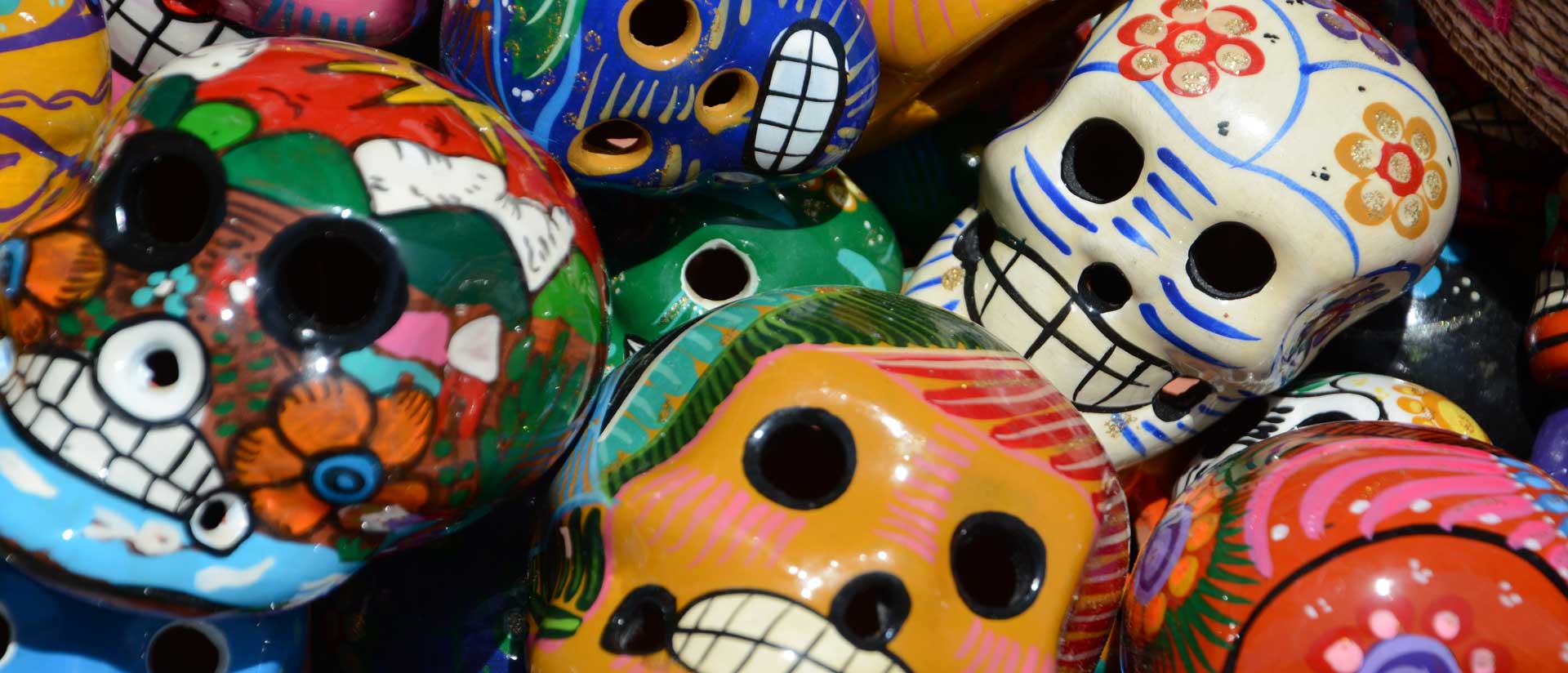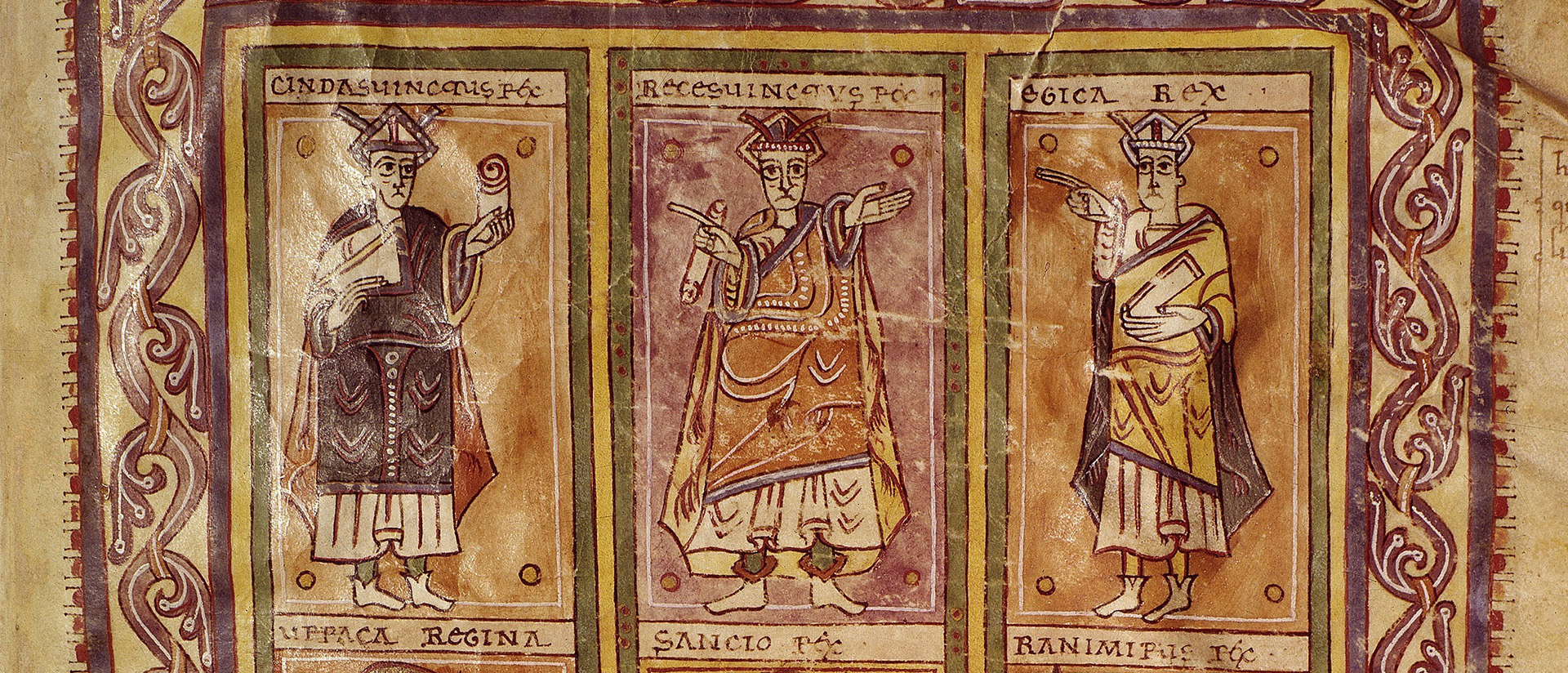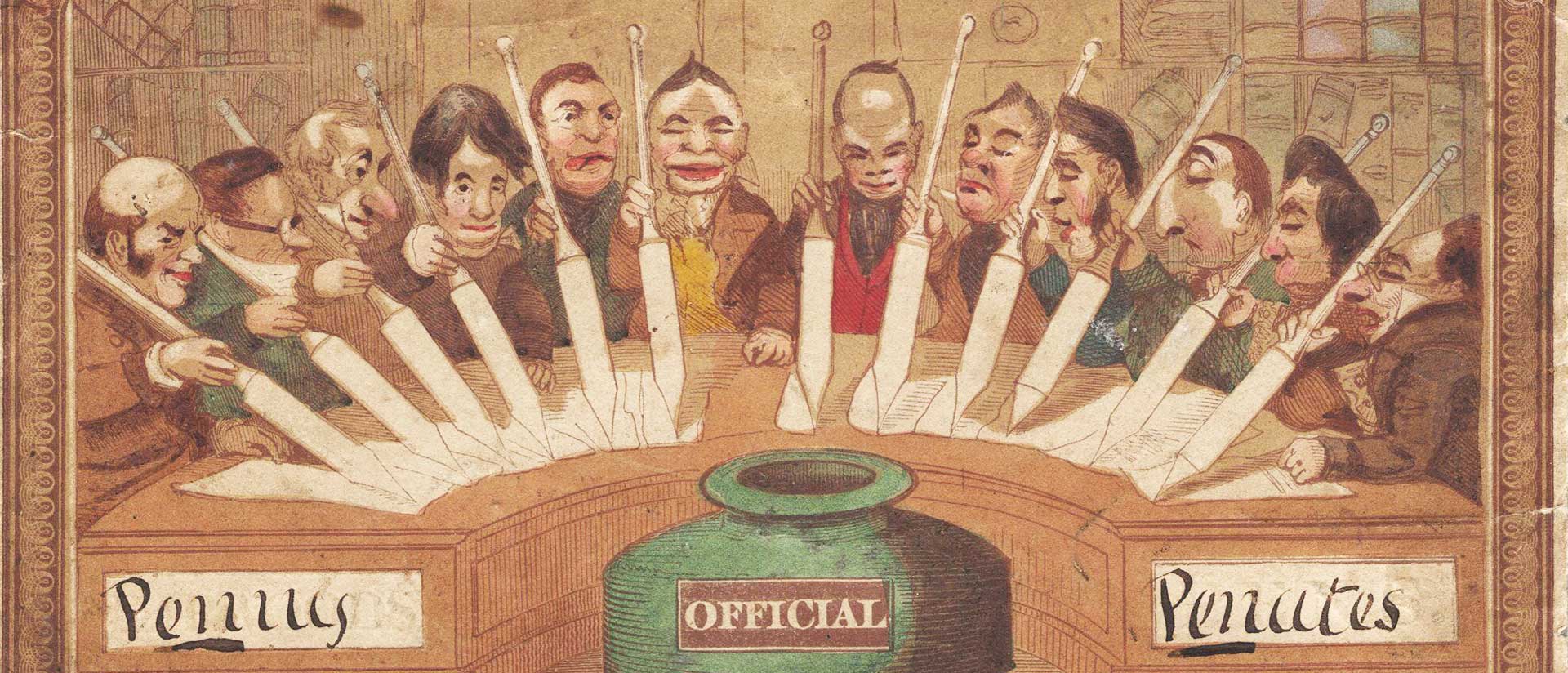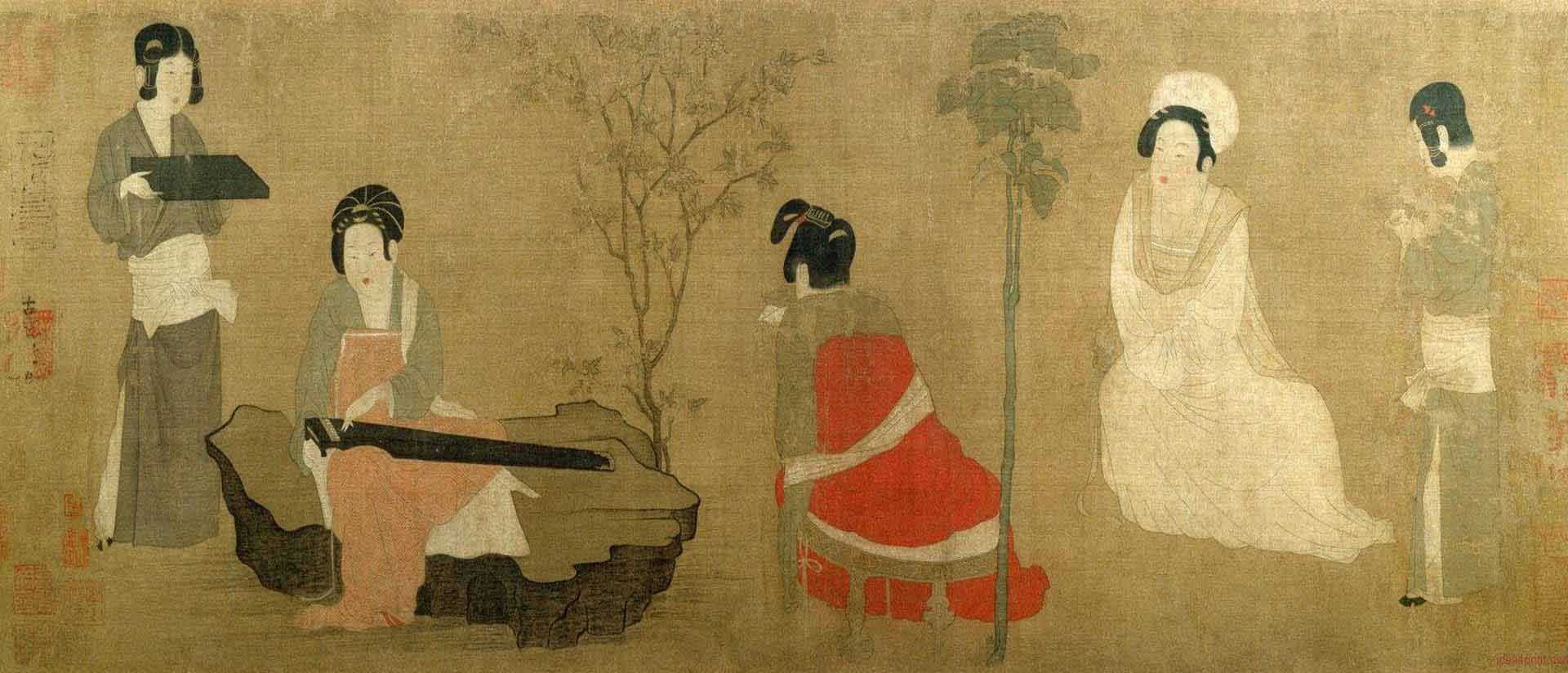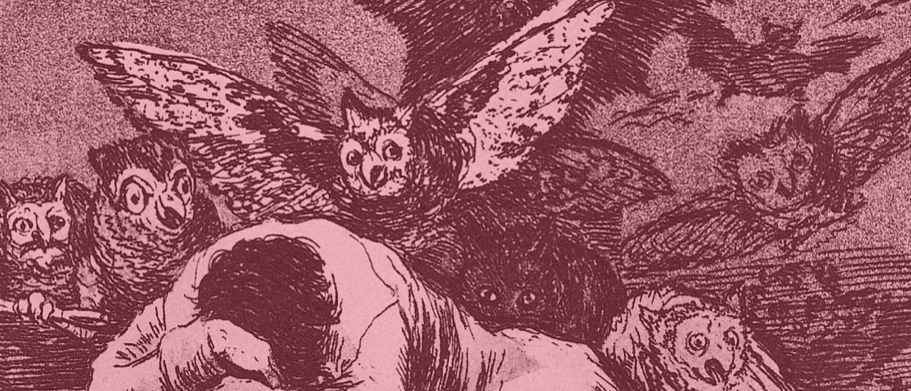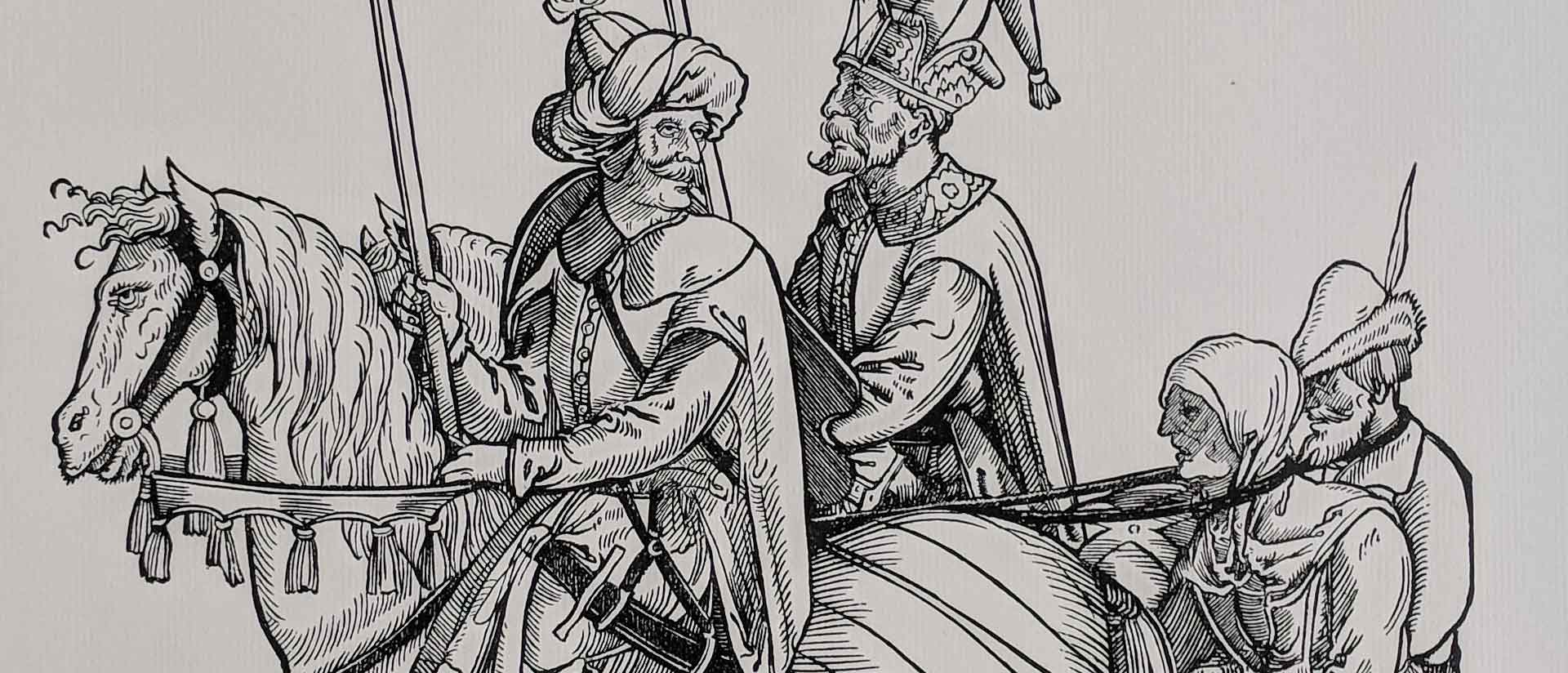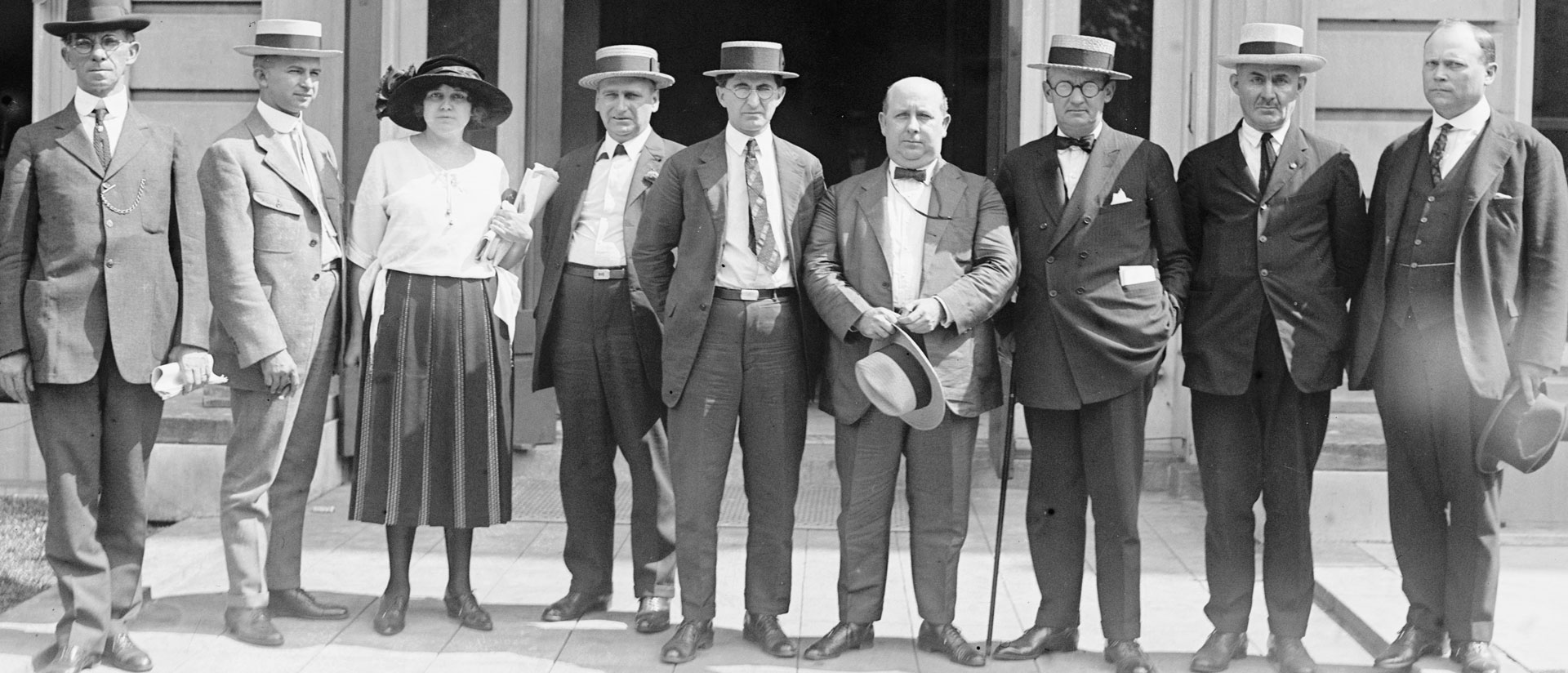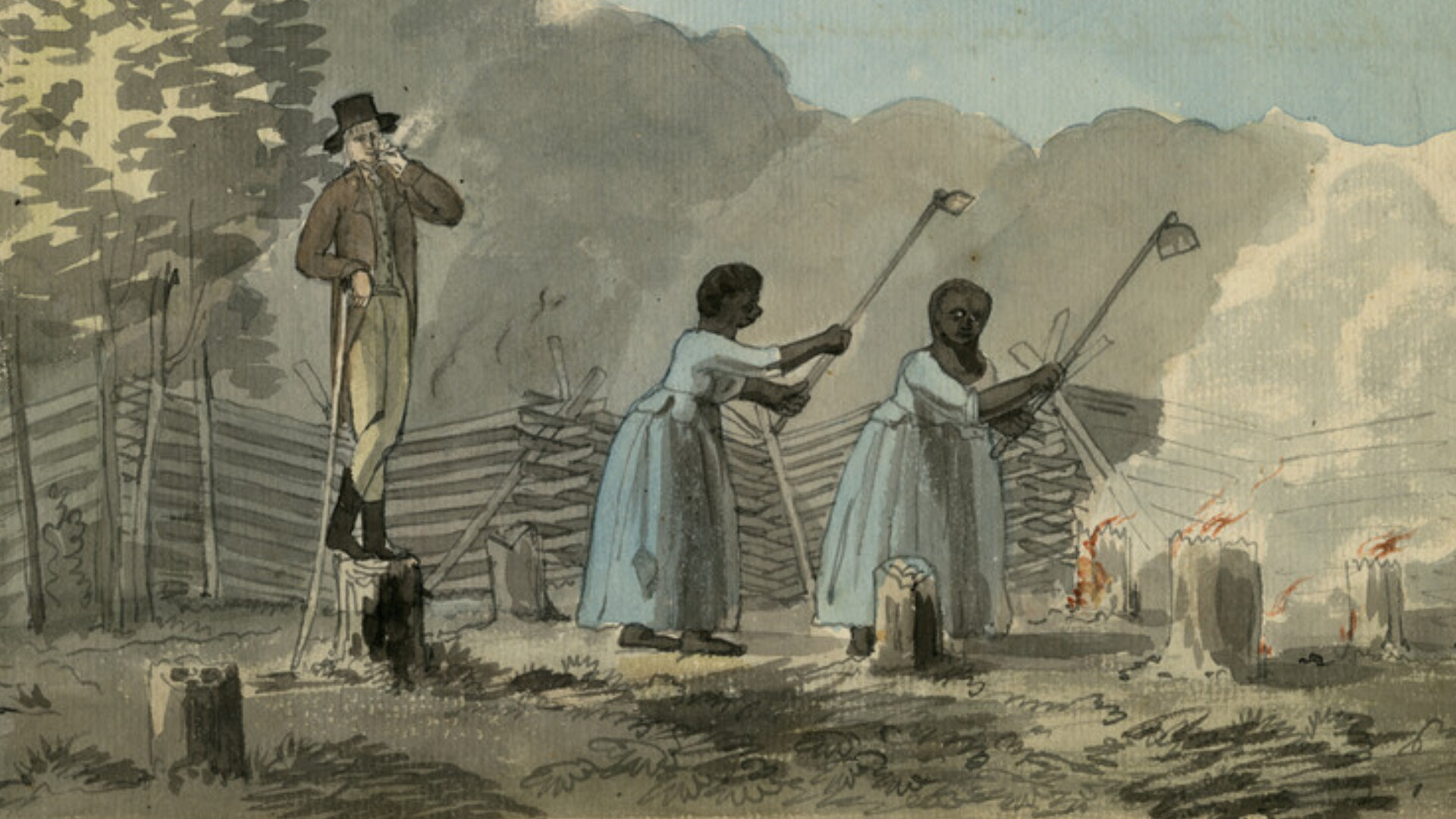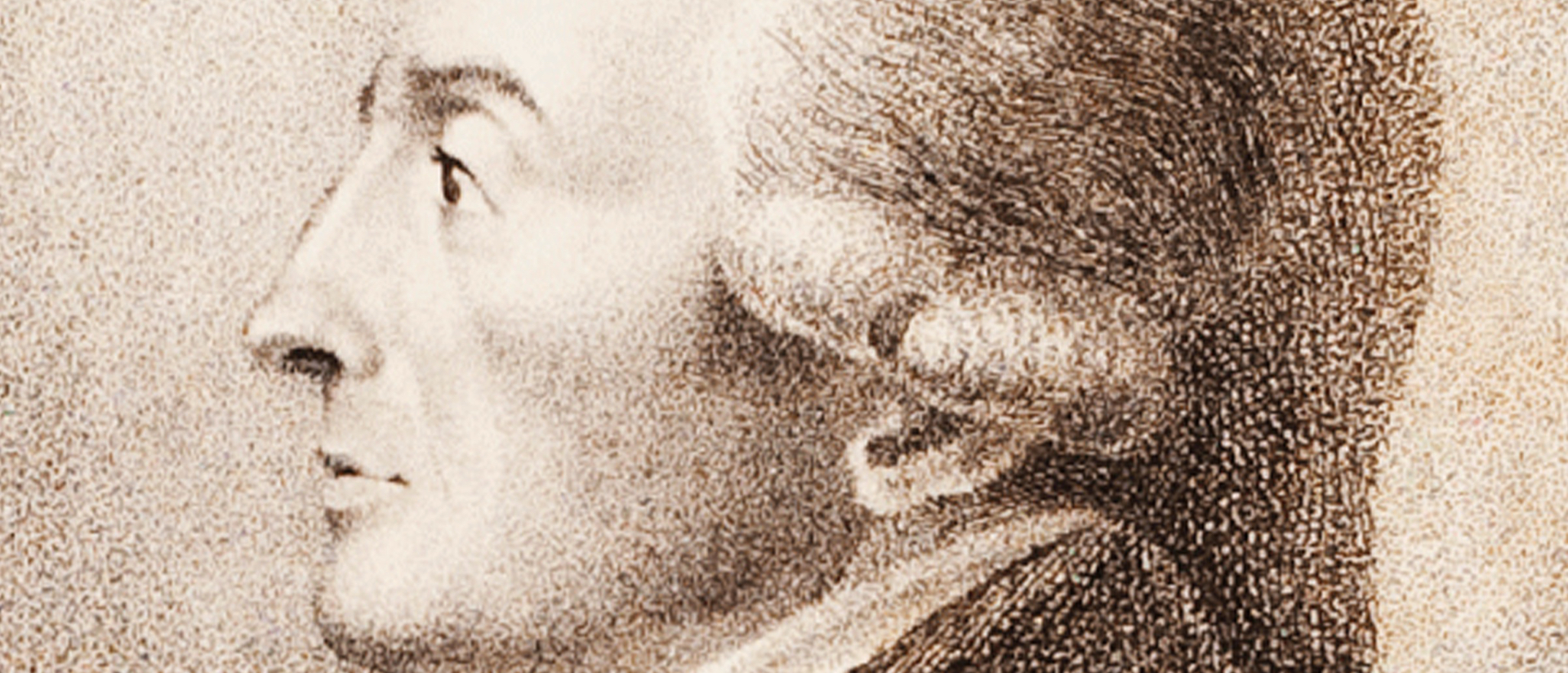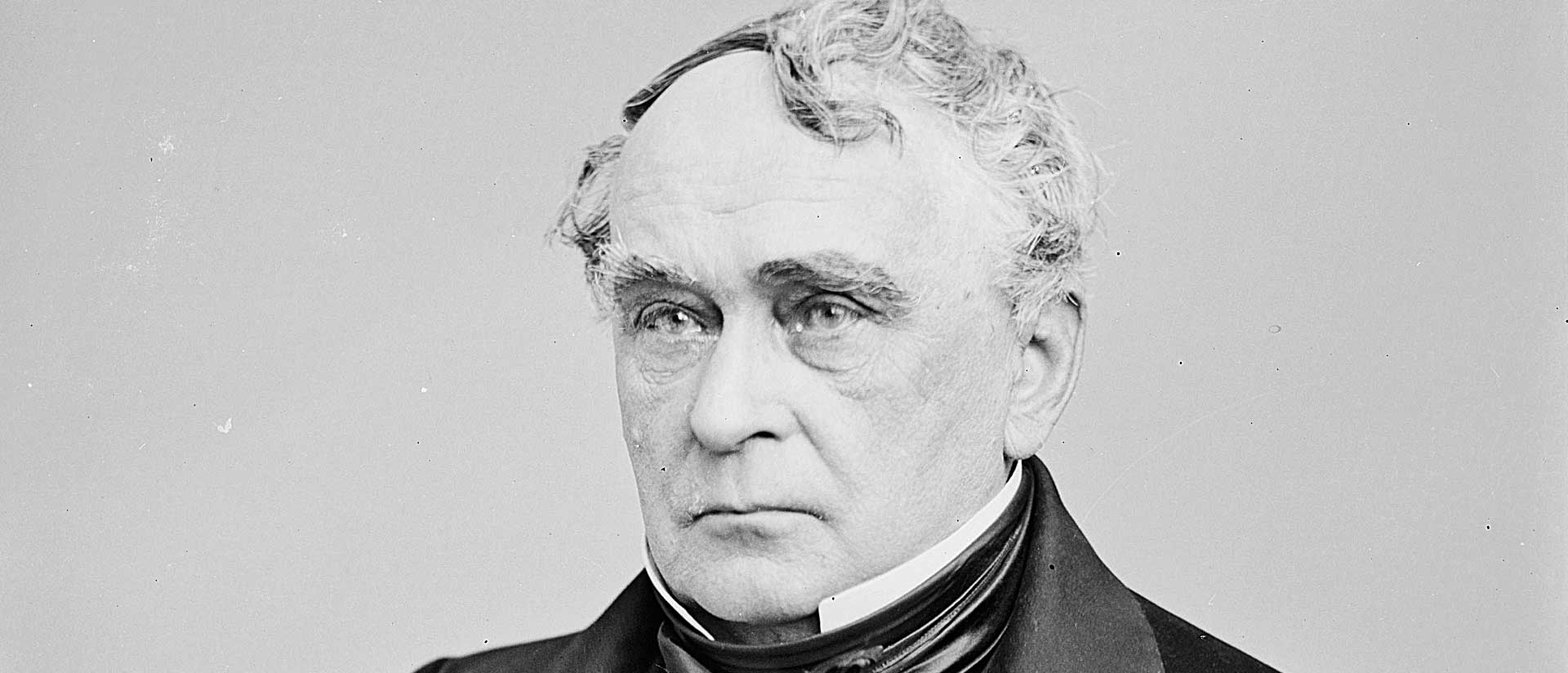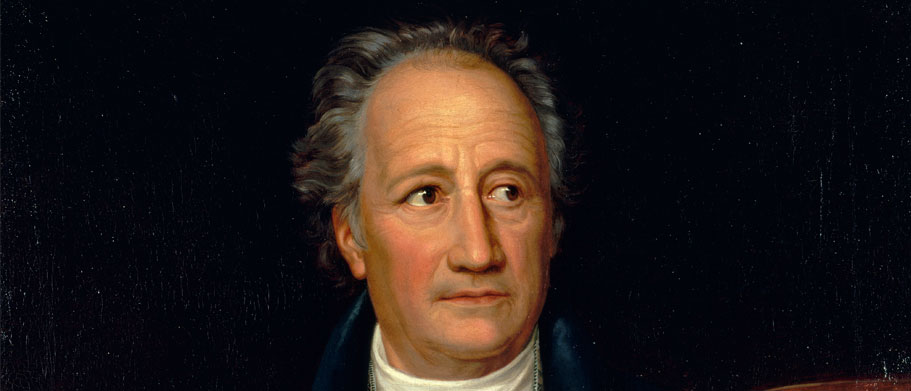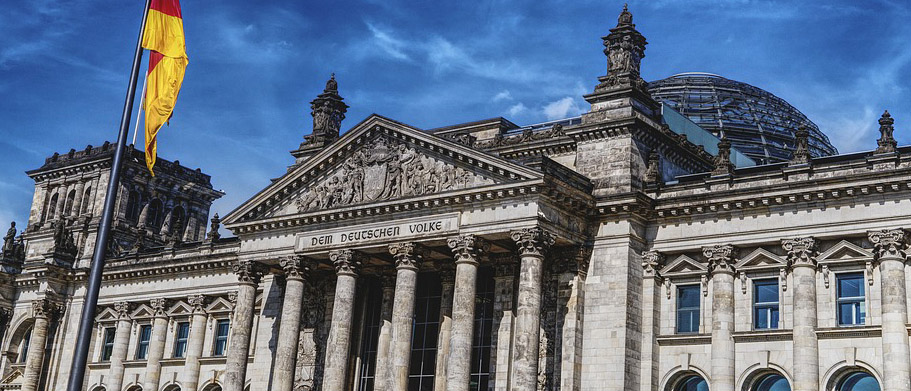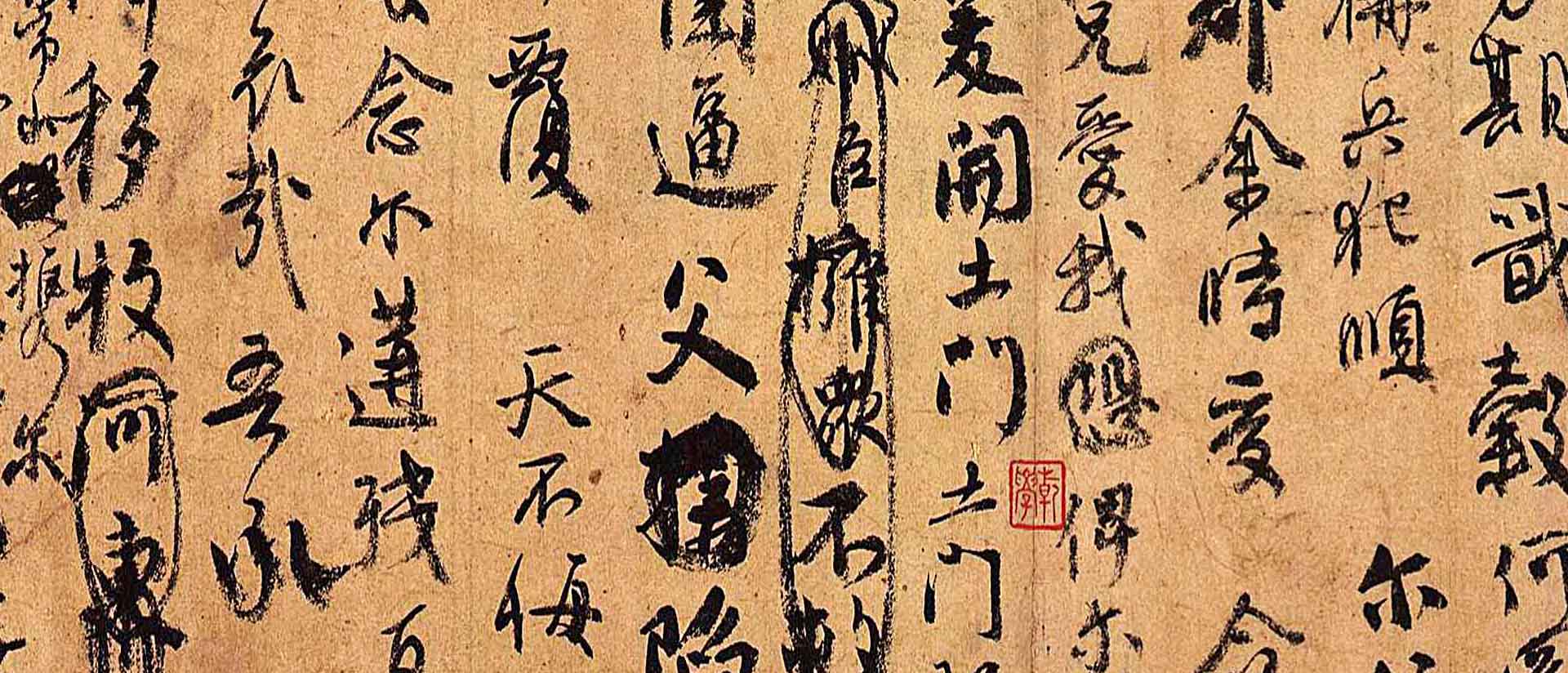
The Absent Epic
China and the politics of narrative
By Haun Saussy
An epic, as everybody knows, is a long tale, usually in chanted verse, telling of heroes and gods who establish the world order—most often by fighting a war, sometimes by undertaking a perilous journey, sometimes both. Both Giambattista Vico and G.W.F. Hegel maintained that epic enables nations to discover their freedom to act in the world, their collective identity, and the limits of their power. Epic founds the “we.” The Greeks knew themselves not only as the descendants of the heroes of the Iliad, but also as the people who continually listen to the Iliad. History, in the dual sense of the events of the past and of their perpetuation in memory, is often said to begin with the epic. It strikes us as natural that the earliest documents of many cultures—Gilgamesh, Mahābhārata, Beowulf, Prince Igor, The Nibelungenlied, and so on—are epics. Periods of imperial expansion, discovery and conquest, likewise prompt the composition of epics (The Aeneid, The Lusiads, Paradise Lost).
But as Hegel asserts in Lectures on Aesthetics (1835), “the Chinese have no national epic.” There are certainly long heroic narratives in Chinese literature, but they arise too late in history to have a foundational role. Many concerned people have tried to nominate or synthesize a Chinese epic. The scholar C. H. Wang, for instance, has bundled a series of short poems from the ancient Book of Odes to make a connected narrative that he called the Weniad, the story of King Wen’s founding of the Zhou Dynasty, in 1046 BCE. Others have found epic qualities in the first complete history of China, Sima Qian’s Shiji, composed before 90 BCE. The problem with these solutions is that they take Hegel’s pronouncement as definitive and try to answer him on his terms. Why indeed would China want to have a national epic, except in order to keep up with the neighbors? What if the Chinese, left to their own devices, were perfectly indifferent to the charms of the epic until the modern period brought them face to face with Western historiography?
Up to now, precisely “indifference” has been my answer to the question. But wider reading in the literatures of Asia in order to get an idea of the relationships and influences of literature on a continental scale suggests to me a stronger response: active rejection of epic, up to the moment when epic could be exploited for political ends.
Epic traditions centering upon a hero who unites disparate tribes, defeats enemies, and founds a conquering dynasty are the dominant verbal art-form over a vast range of territory that is today technically within China but not culturally Chinese. The Kyrghyz epic of Manas, the Uyghur epic of Oghuz Khan, and the epic of Janggar sung by Mongolians, Kalmyks, and Oirats exemplify this story pattern, but the largest share of scholarly attention has gone to the Gesar epic of Tibet.
The epic of King Gesar, according to its translator Robin Kornman, “is generally accepted [as] the longest single piece of literature currently in the world canon, encompassing some 120 volumes and about 20 million words,” and it appears to have arisen in the thirteenth or fourteenth century. The epic recounts the birth, ordeals, and military campaigns of King Gesar of Ling, who overcomes adversaries at home, wins a wife, resists the charms of a number of witch-princesses, conquers 18 strategic castles, and subdues the kingdoms of the Four Directions to install a realm of peace and justice. Warrior epic, trickster fables, anecdotes of skill, tales of magic, and acts of spiritual combat combine with events from the history of Eastern Tibet in the twelfth century. The epic circulates in Mongolian, Manchu, Turkic, Tangut, Ladakh, and other versions, though Tibetan versions are considered primary. The divinified Gesar, in fact, is honored in temples throughout Tibet, Central Asia, Manchuria and Mongolia. And so, in terms of literary geography, the epic in full flower was right next door to China, and China was ruled for centuries by peoples who indulged in epic (the Yuan or Mongol dynasty, 1276-1368; the Qing or Manchu dynasty, 1644-1911).
The epic of King Gesar, according to its translator Robin Kornman, “is generally accepted [as] the longest single piece of literature currently in the world canon, encompassing some 120 volumes and about 20 million words.”
But Chinese literati were having none of it. Literary values in China, it seems, implied not ignorance of epic but an active rejection of it.
Indeed, acquaintance with the epic tradition is a marker of the degree to which the non-Chinese in the Chinese empire shared cultural resources in which the Chinese took no interest. When the Panchen Lama visited Beijing in 1780, his conversation with the Qianlong emperor concerned the factual basis of the Gesar; the Lama prepared for this interview by gathering information from a learned colleague, the abbot Sumpa Yeshe Paljor. Epic, like Tibetan Buddhism, provided a kind of “cultural glue” for uniting the Inner Asian peoples of the Manchu imperium, but it would presumably have been without appeal to the Chinese. Gesar, the Janggar epic, and the epic of Oghuz Khan were never translated into Chinese until the late twentieth century. The Manchus knew the low regard Chinese had for steppe peoples and nomads (the very people among whom epic has traditionally flourished) and did not seek to spread Manchurian cultural practices among the people they ruled.
The origins of these Gesar, Janggar, and Manas epics are multiple. They arose in a variety of milieux that encouraged cultural mixing: the pan-Asian migrations of Mongol armies, the wanderings of Turkic peoples, the commercial oases of the Silk Road, and the passages between India, Tibet, and Central Asia. One of the formative influences on the Gesar epic was the Ramayana, available in a condensed Tibetan version from at least the eleventh century. Among the components of the Gesar are a characteristically Central Asian mix of “foreign themes transported by Buddhist missionaries, Sogdian merchants, Muslim travelers, obscure marketplace singers and other vagabonds,” wrote the late Sinologist Rolf Stein, “combined with and superimposed on indigenous Tibetan stories, particularly those from the Amdo region.” An oral epic accumulates and digests any material that is seen as valuable for developing its themes. Ironically, since epics are supposed to be foundation-legends of national uniqueness, Asian nomad epics in particular are extremes of hybridity.
A Mongol text of the Gesar epic was printed in Beijing in 1716. The Chinese label on the outside attests to a misunderstanding: it reads Sanguo zhi, “Romance of the Three Kingdoms.” Taking the Three Kingdoms—a Chinese historical novel from the 1300s dealing with the period 160-280 CE— for the Gesar is a bit like mistaking Goethe’s Faust for the Iliad because Helen of Troy appears in both. There is, however, a connection, though weak. One of the heroes of the Romance of the Three Kingdoms is the loyal general Guan Yu, deified under the name of Guandi. Temples dedicated to Gesar in the Tibetan, Central Asian, and North Asian areas were known to Chinese-speaking settlers as “temples of Guandi.” But anyone who had taken a good look at the legends, paintings, or statues concerning Gesar would quickly understand that here was a different hero, a Buddhist wonder-working warrior-king whose efforts at uniting three Tibetan kingdoms came a thousand years after the division of China into the three kingdoms fought over by Guan Yu and his rivals. Perhaps the misunderstanding was just “good enough” to do what it was meant to do: find a library pigeonhole for a book that no Chinese scholar was going to read anyway.
As a cultural practice, an oral epic lives only as long as it is remembered by speakers and listeners. Its survival depends on its retaining appeal and relevance. When conditions change, the text is bound to change too, or else be forgotten, in whole or in part. Roman Jakobson and Petr Bogatyrev, in their 1929 study of oral folklore, call this dependence on the public “preventative censorship by the community.” Put differently, this principle means that an oral epic relies on external social conditions if it is to be kept in memory and passed on.
The Gesar epic was supported by the institutions of Lamaist Buddhism, the state religion of two Chinese dynasties. The poem was traditionally recited in a trance by bards who claimed to be possessed by the spirit of King Gesar himself, solving both problems endemic to oral epic: fidelity and authority. Printed editions were sponsored in the nineteenth century by learned Lamaist clergy, most notably the influential Jamgön Ju Mipham (1846-1912). Other warrior epics lived on as means for communities to retain their history and identity. Their appropriation for the aims of a multiethnic empire must have resulted in adaptations to the new circumstance, for even more than written texts, oral texts express their conditions of production. When new passages were added to the epic, these were often explained not as innovations but, in traditional Tibetan fashion, as the “discovery” of hidden wisdom treasures (termas). One would expect an orally recited text to be updated in perpetuity, but specialists in a text copied and archived by doctrinally fastidious clergy, as the Gesar has been for hundreds of years, must also account for any differences that are introduced. Interpretation is another form of adaptation to changing circumstances. Gyurmed Thubten Jamyang Dragpa’s late nineteenth-century recension actually closes with a defense of the epic genre:
Although there are some so-called scholars who object
To the accounts of the biography of Gesar Norbu Dradül
Claiming they are a string of lies;
In that case, if asked to write the true account, they will have no clear source or answer,
Like one who, beholding the face of a friend,
Arrogantly denies that he recognized him.
…
Those who do not see the true nature of what is being shown
Are nihilists who only believe in material relative phenomena.
…
Moreover, there are those who claim that this subject gives rise to attachment and aversion
And thus this epic contradicts the dharma.
If so, wouldn’t one also have to claim that the philosophical texts, Buddhist and non-Buddhist histories alike,
Are also not the dharma?
In 2003, the Gesar epic was added to UNESCO’s list of items of Intangible Cultural Heritage, and the Chinese government laid out a nine-year action plan for archiving recitations, training young performers, and building performance venues across Tibet, Central Asia, and Inner Mongolia. It may be that by endowing these national minorities’ heroic tales with an infrastructure, the multiethnic modern Chinese state is seeking to defuse their autonomist potential. After all, the heroes of the epic led uprisings against rival groups and conquered their neighbors, including, in some instances, China. One report from the Indian Defence Review (the standpoint of which should be obvious) views the celebration of the nomadic epic tradition as Machiavellian, suggesting that episodes of the Oghuz Khan epic focusing on Chinese treachery are being revised away and that statements about the relative dating of the Manas and Oghuz Khan epics are to be read not as mere philological disputes, but as an aspect of the contest between Khyrghyzes and Uyghurs for cultural pre-eminence in the region.
In the traditional Chinese imagination of geography and culture, wild and barbaric peoples were drawn to the Central Regions in search of the civilizing benefits of rites, music, and governance. That cultural goods could come from outside the Chinese domain was unthinkable. Even when China was ruled by “barbarian” dynasties, the realm of culture was, at least in theory, an undiluted heritage of the Chinese sages.
In the traditional Chinese imagination of geography and culture, wild and barbaric peoples were drawn to the Central Regions in search of the civilizing benefits of rites, music, and governance. That cultural goods could come from outside the Chinese domain was unthinkable.
Present-day China has inherited the boundaries set by the Qing emperors, who established a protectorate over Tibet, conquered the Muslim principalities that now make up Xinjiang, and retained their old base in the steppes of Mongolia and Manchuria. But ruling as a centralized state with an overwhelming Han Chinese majority, China has had to develop cultural policies distinct from the Manchu practice of cultural distinctiveness, and has worked out a position on ethnic minorities and national cultural heritage reminiscent of the Soviet “nationalities question.”
So now, in his closing speech to the National People’s Congress in March 2018, Xi Jinping can claim the Gesar and the other epics for “China”: “The Chinese people have always been industrious and creative; our motherland produced Laozi, Confucius, Zhuangzi… and other world-renowned creative thinkers… she inherited the soul-shaking great epics of King Gesar, Manas, and Janggar.…” But Xi mispronounced “Gesar” as “Sage’er,” suggesting that he didn’t know anything about this “national treasure.” When people on Twitter called him out, the state media went back and edited the recording to switch the syllables around. Indeed the repackaging of these epics as part of Chinese cultural inheritance serves political ends, however much it departs from the epics’ history, language, and content. The Chinese “inheritance” of these epics makes them another venue for the “One Belt One Road” initiative—one certainly less costly than high-speed rail, airports, harbors, and foreign investment.


